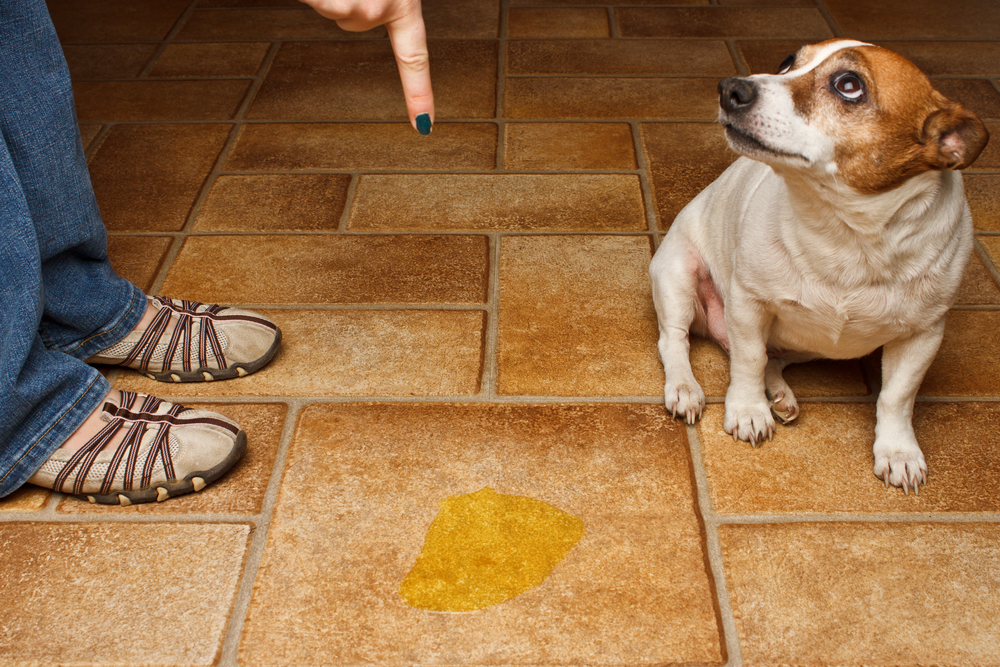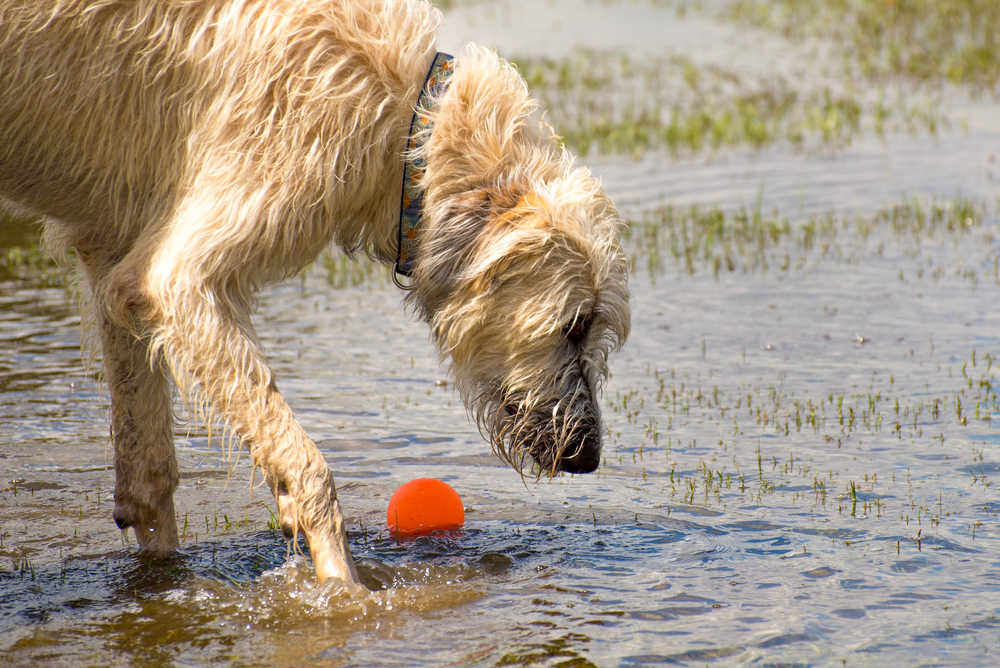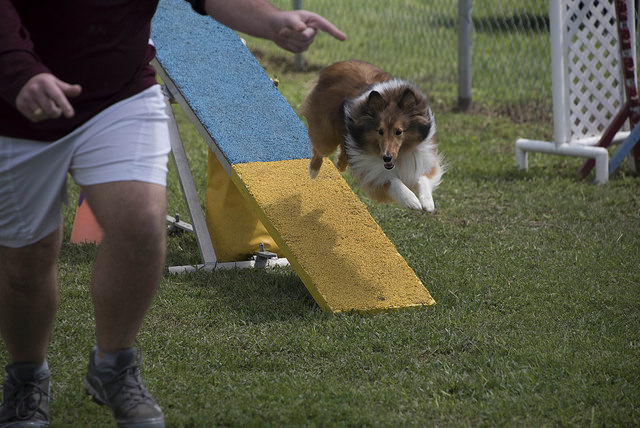It’s a natural human thing to do – point. While in some cultures it’s considered rude, most of us do it without thinking. And that includes while training our dogs.
How often do we point at something expecting our dog to go pick it up? Or point at something while yelling at our dogs, assuming he knows that when we point to something and yell, it means he shouldn’t have chewed it, like a shoe, or he shouldn’t have gone to the bathroom there, the living room carpet for example.

Recently, cognitive scientists at both Central European University (CEU) and Eotvos Lorand University (ELTE) in Budapest, Hungry, published results in the Journal of Comparative Psychology that imply that pointing has a different meaning for dogs than for humans.
And it’s going to change the way you interact with your dog forever.
What Exactly Are You Pointing At?
The researchers found that dogs understand pointing as an indication of direction, not an indication of a specific object they are to investigate/retrieve. Taking into account everyday experience as well as scientific evidence, few would call into question that dogs attribute meaning to human pointing. However, it was unclear for a long time what the exact meaning of pointing was for dogs.
“We know that dogs have sophisticated communication skills, for instance they can follow the pointing gesture of a human, however it was unclear what is the meaning of pointing for them,” said CEU’s Tibor Tauzin, a researcher in the Department of Cognitive Science. “It was striking to see that human pointing assigns a direction or an area for dogs in which they have to execute a given command. However, it is important that this is not a misinterpretation of pointing in dogs, since pointing can have different meanings but imply a crucial difference in the default meaning of pointing between dogs and humans.”
Humans usually point if they want to do or ask about an object that is out of reach, however less frequently, pointing also refers to a direction or a location rather than an object.
On the other hand, for dogs, pointing, by default, seems to indicate a direction, instead of an object. (This explains why, when you point and tell your dog to “go fetch” or “get the toy” he runs in that direction but doesn’t pick up the object).

CEU and ELTE Researchers designed a task in which these two meanings of pointing could be separated.
The Experiment
Dogs that participated in the experiment saw a human pointing at one of two objects before a person switched the location of the two objects in full view of the dogs. The dog could then select between the objects by approaching one of them. As the location of the objects was switched, they could select between the indicated object at the new location and the other object at the indicated location.
The results showed that dogs selected the non-indicated object at the indicated location. It seems that pointing signals a direction to dogs in which they should perform an action and not an object which is relevant for some reason.
Implications in Training
As I mentioned, this is a big deal when you think about how you train your dog.
When you point, your dog sees it as a directional cue, or “area.” So, if you point and start yelling at your dog, you could be sending the message, “don’t you dare go in that area,” instead of “don’t go the bathroom over there.” Or instead of, “don’t chew this every again,” or dog may think you don’t want him in that area, or that you don’t want him to chew the shoe in that area. This may explain why so many abused dogs have issues with certain rooms/space and flooring. If they were constantly corrected while someone was pointing at an area, they could easily be conditioned to seeing that entire area as “wrong.”
This is also a great example of why correction training does not work – you could be correcting your dog for something entirely different than what you intended.
It’s also important for training behaviors. If you want your dog to fetch a particular toy, pointing at is probably not the best way to start the training. However, if you are working on a “go out” cue for herding or to send your dog over a jump, pointing would be a great asset since your dog understand it to mean direction.

This is just one more piece in the puzzle of understanding how your dog thinks. And it’s one more step toward being a better training partner for your dog.
 Toledo, United States.
Toledo, United States.